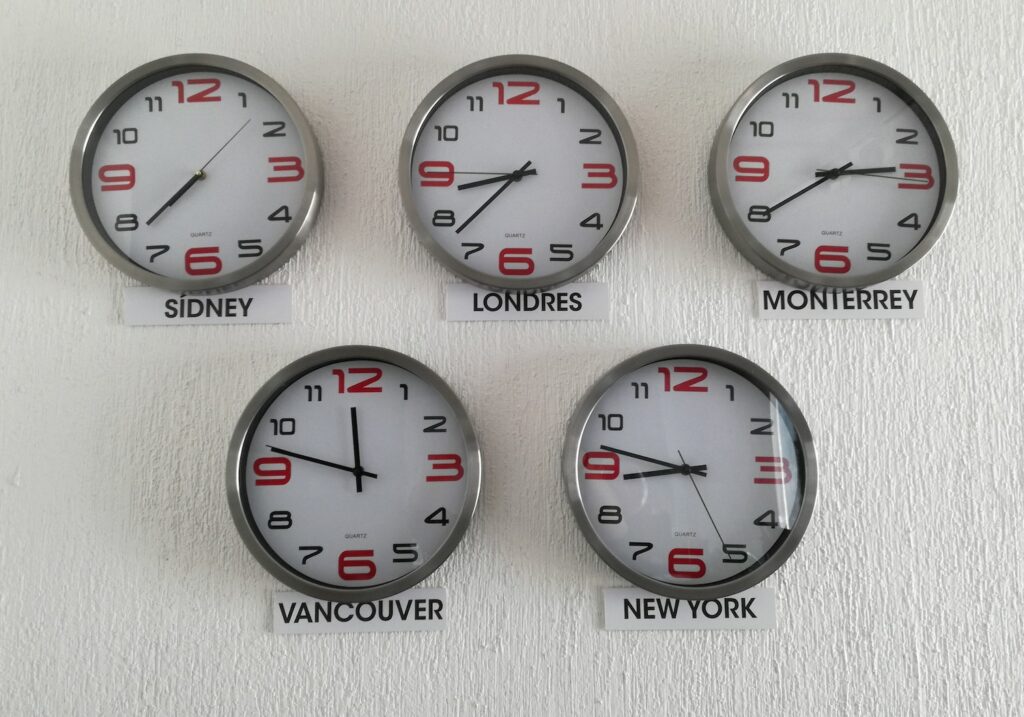Imposter Syndrome Visited Me Today
I’m a pretty confident guy. In fact, self-confidence is one of the top strengths in my toolbox, according to my favorite assessment, The Strength Deployment Inventory. That strength serves me well in some cases, and gets me in trouble in others. It can make me look arrogant at times (which is not a good look on me).
Self-confidence is not on the menu here today, though. Imposter syndrome has shown up as I get ready to launch registration for a new leadership communication workshop this spring.
I’m confident the program is good — maybe even great. I’ve thought about this workshop for over a year, and have planned it well. I’m also sure that it will be a terrific, two-day event. Actually, experience is a better word.
So why do I feel like a fraud today, and that nobody is going to register? What’s going on here? Is it a fear of success or failure? Is it the fact that I don’t like promoting myself that’s making me want to close my laptop and go back to bed?
According to Psychology Today, “People who struggle with imposter syndrome believe that they are undeserving of their achievements and the high esteem in which they are, in fact, generally held. They feel that they aren’t as competent or intelligent as others might think—and that soon enough, people will discover the truth about them. Those with imposter syndrome are often well accomplished; they may hold high office or have numerous academic degrees.”
Okay, it’s pep talk time. I’ve got 3 degrees, a proven track record, people who believe in me and my work, and a roster of clients who all count on me to help them be better communicators and leaders. I’ve also founded 3 different companies, and have made several career transitions and reinventions that most people would think were impossible (and many did at the time). I’ve heard more people tell me, “you can’t” and then I’ve shown them that, in fact, I can.
That feels better….
Don’t worry about me. This is temporary. I’ve dealt with it before. Today I’m sharing this feeling with you, because I want you to know that you can overcome imposter syndrome. I’m going to work on it right now.
- I’ll start by not comparing myself to others who I admire and who I think do what I do quite well. Nobody else delivers programs like my co-facilitators and I do — we’re one of a kind.
- Then I’ll remind myself that perfection doesn’t exist. My programs don’t have to be perfect. They just need to be expert level and make people get tons of value for their time spent (and feel inspired to tell others about the great experience they had).
- Finally, I’ll recall that while promoting myself and this new offering is uncomfortable for me, it’s necessary. If I constantly create and never promote, nobody will benefit.
Imposter syndrome be gone! For the rest of today, anyway….
Photo by Josh Eckstein on Unsplash
Imposter Syndrome Visited Me Today Read More »







